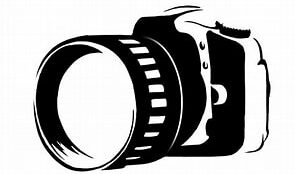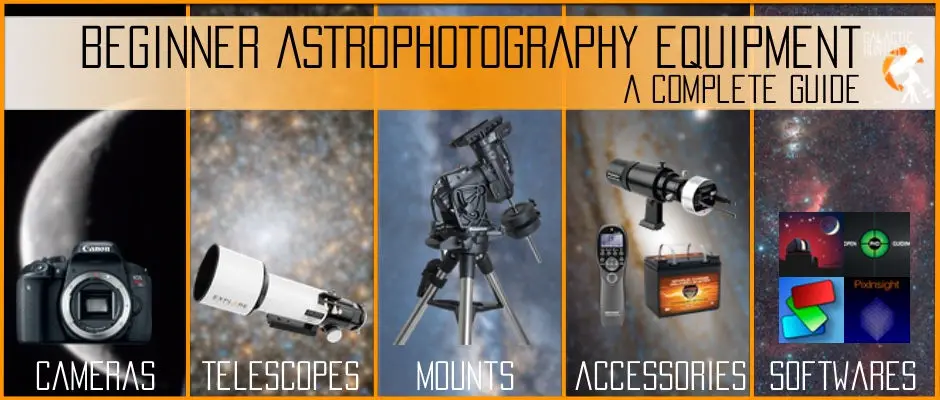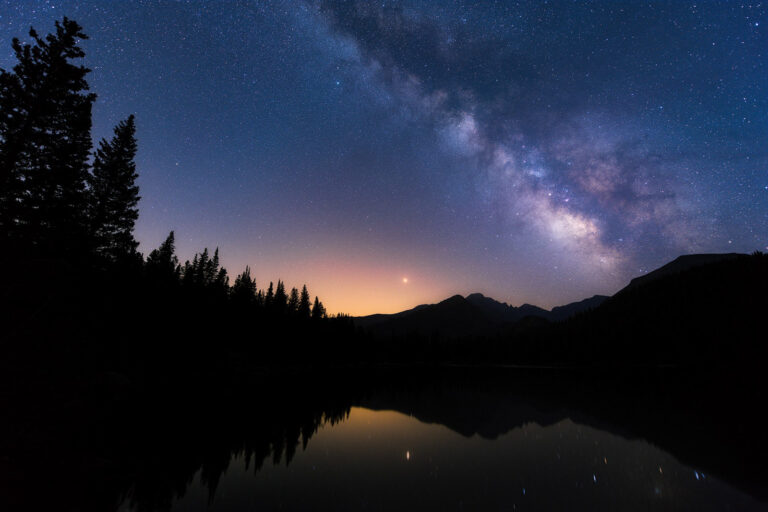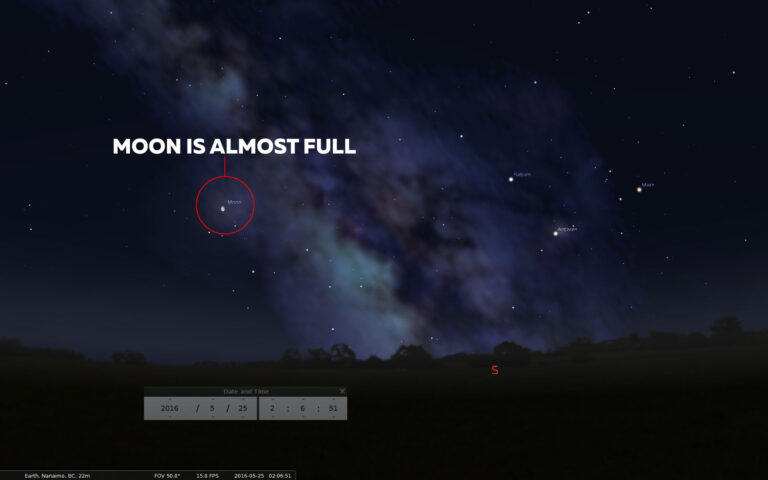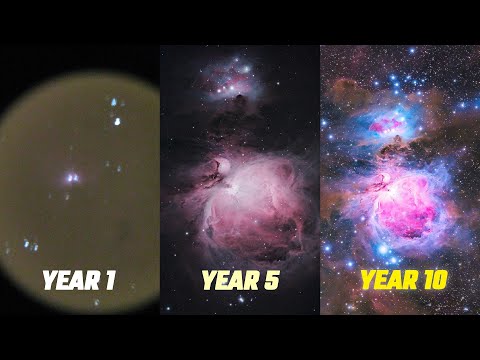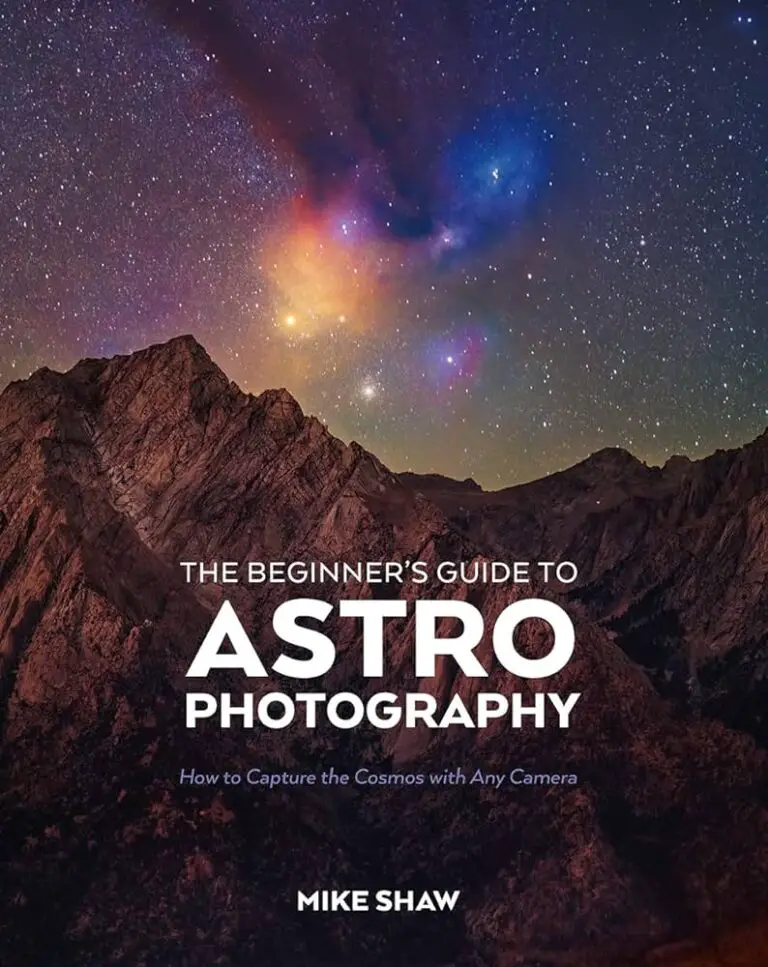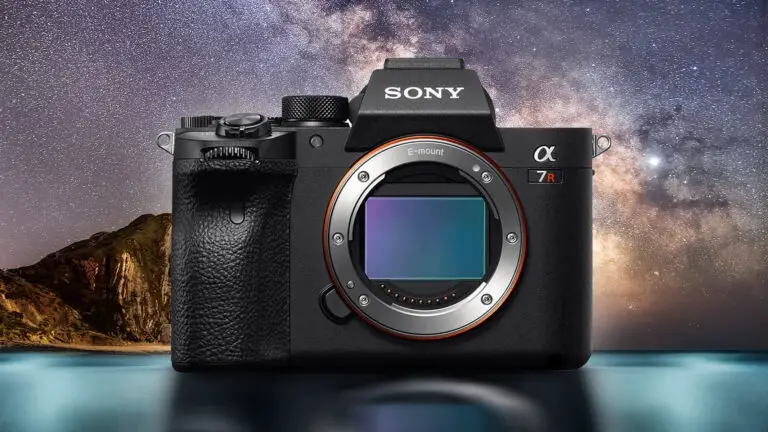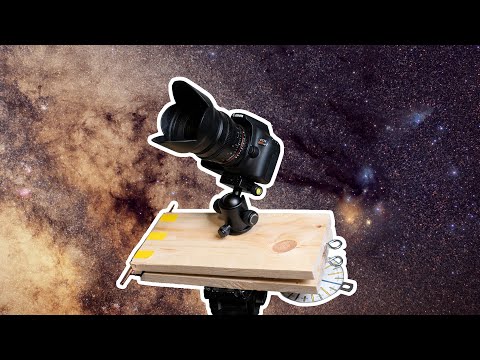The Ultimate Guide to Astrophotography Cameras and Equipment
Starry skies have long captivated our imagination, and with the right equipment, you can capture the sheer awe of the cosmos from your own backyard. Astrophotography isn’t just a pastime; it’s an art form that requires a careful blend of technology and creativity. This in-depth guide will not only help you select the best cameras and equipment for astrophotography but also provide tips to take your night sky images to the next level.
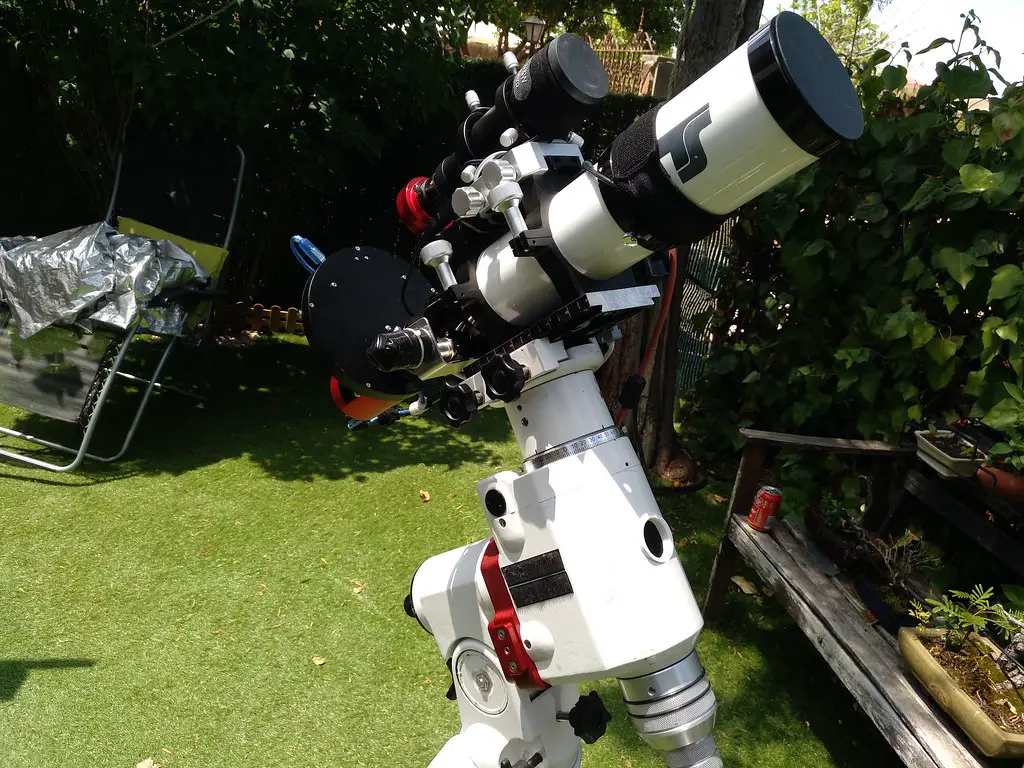
Setting the Scene for Astrophotography
Before we dive into the technical details, let’s recognize the infinite beauty that surrounds us. Astrophotography is about more than just taking pictures; it’s a meditative experience that connects us to the universe. Imagine standing at the foot of a mountain, pointing your camera to the heavens, and collecting photons that have traveled lightyears to reach your lens. Each image is a portal to the past, a silent testament to the vastness and age of the cosmos.
Choosing the Right Camera
Sensor Size and Type
Your camera’s sensor size will significantly impact the quality of your astrophotography. Full-frame sensors are generally preferable due to their larger pixel pitch and better low-light performance. However, you can still achieve stunning results with APS-C and even Micro Four Thirds sensors, thanks to advancements in sensor technology.
ISO Range and Low-Light Performance
When photographing the night sky, you’ll be pushing your camera’s ISO to high levels to collect as much light as possible. Look for a camera with a wide ISO range and good noise performance at high ISO settings. Some cameras even offer an extended ISO feature specifically for astrophotography.
Megapixels and Resolution
A balance must be struck between high megapixels for detail and lower megapixels for better low-light performance. For most astrophotography applications, a camera with around 20-24 megapixels should suffice. If you plan to print large images, a higher megapixel count might be beneficial.
Essential Equipment
Tripods and Mounts
Stability is key in astrophotography. A sturdy tripod is non-negotiable, especially in windy conditions. Additionally, consider investing in a specialized astrophotography mount, which can compensate for the Earth’s rotation and prevent star trails in your images.
Lenses for Astrophotography
Wide-angle lenses are the weapon of choice for astrophotographers. Look for lenses with a large maximum aperture (f/2.8 or wider is ideal) to gather more light. Popular focal lengths range from 14mm to 24mm on full-frame cameras.
Remote Shutter Release and Intervalometer
To avoid camera shake, use a remote shutter release or intervalometer. These tools allow you to trigger the camera without physically touching it, which is essential for capturing tack-sharp images of the Milky Way and beyond.
Advanced Gear
Star Trackers and Equatorial Mounts
Star trackers are designed to move your camera along with the stars, which is crucial for long exposure shots. An equatorial mount takes this a step further and allows you to attach heavier equipment, such as telescopes.
Telescope Adapters
If you’re interested in planetary or deep-sky photography, a telescope adapter will allow you to attach your camera to a telescope. This setup requires precise alignment and tracking to capture clear images.
Dedicated Astrophotography Cameras
Some cameras are purpose-built for astrophotography, featuring modified infrared-cut filters that allow more hydrogen-alpha light to reach the sensor. These cameras can produce stunning images of star-forming regions and nebulae.
Tips for Capturing Stunning Shots
Understanding the Night Sky
Before you head out to shoot, familiarize yourself with the night sky. Use astronomy apps to plan your shoots and learn about celestial objects. Knowing the location of the Milky Way, constellations, and planets will greatly enhance your compositions.
Long Exposure Techniques
The most common technique in astrophotography is a long exposure. This can range from a few seconds to several minutes, depending on your equipment and the effect you want to achieve. Use the 500 Rule for calculating your longest shutter speed to avoid star trailing.
Post-Processing Tools and Software
The last step in your astrophotography workflow is post-processing. Software such as Adobe Lightroom and Photoshop, along with specialized apps like DeepSkyStacker, can help you enhance your images, reduce noise, and stack multiple exposures for greater detail.
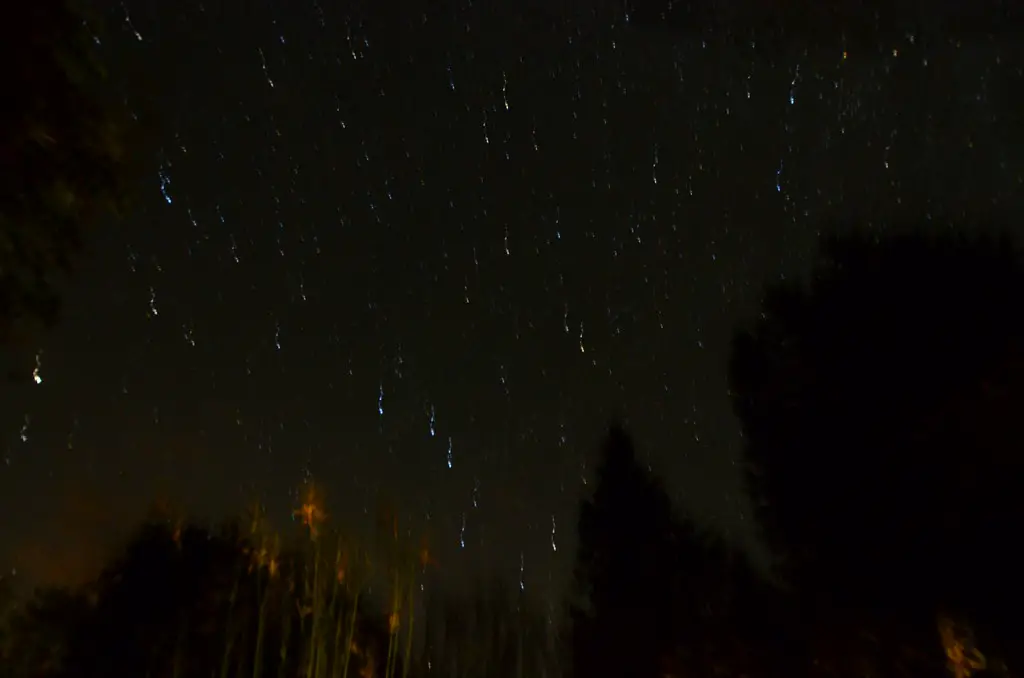
Conclusion
Astrophotography is a blend of patience, technology, and an appreciation for the profound. With the right cameras and equipment, along with the knowledge and skills to use them, you can create images that inspire and amaze. Step out into the night, set up your gear, and capture the beauty that lies just beyond our vision.
